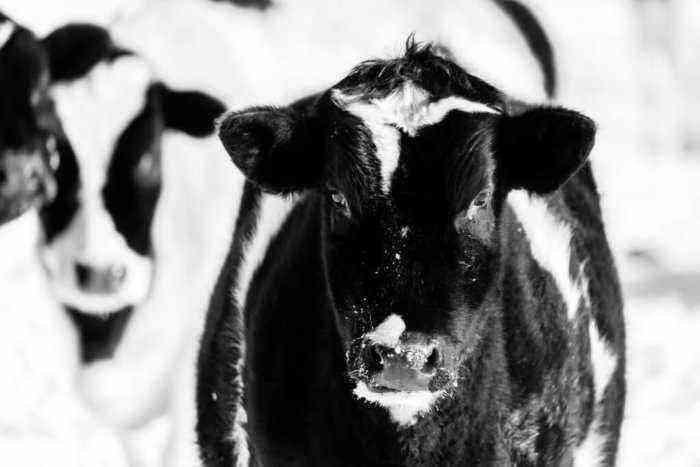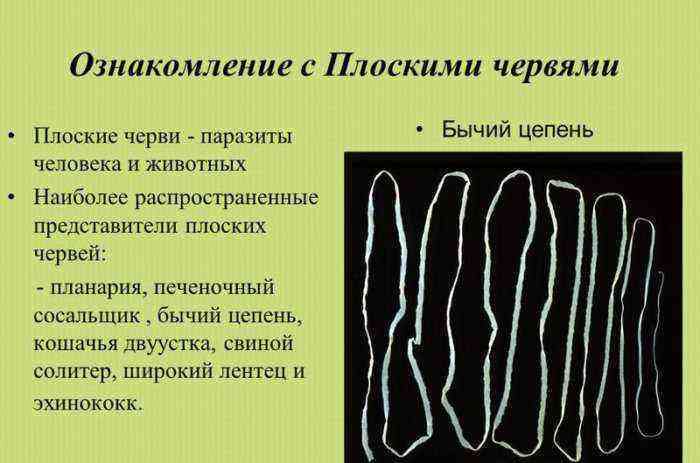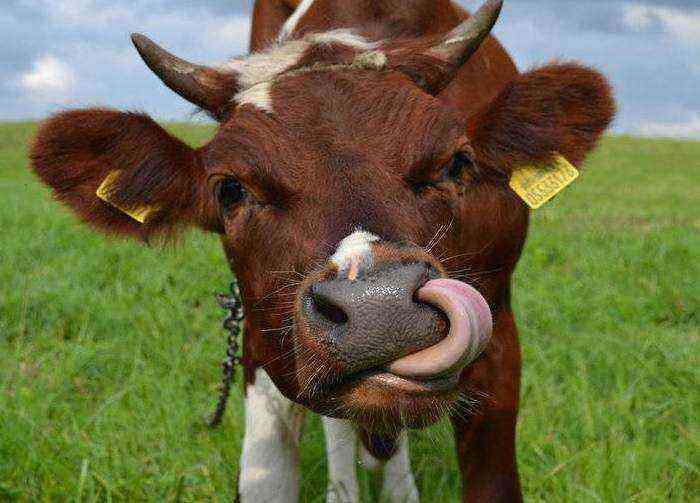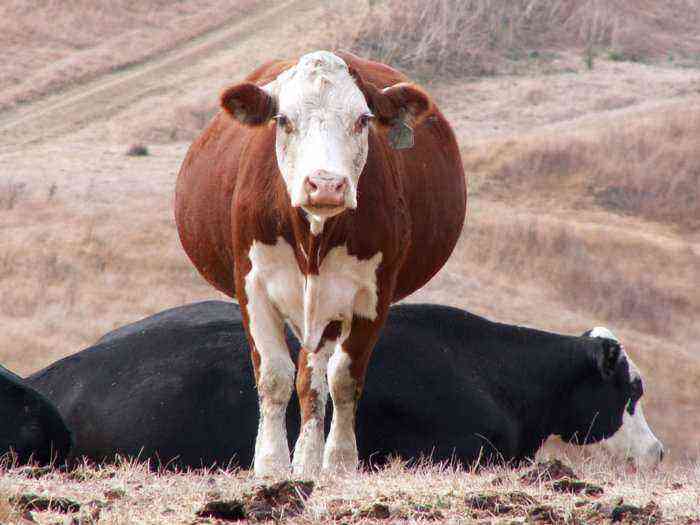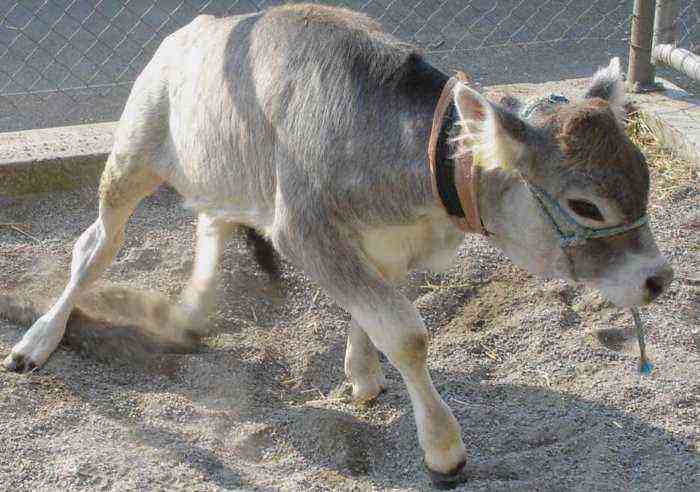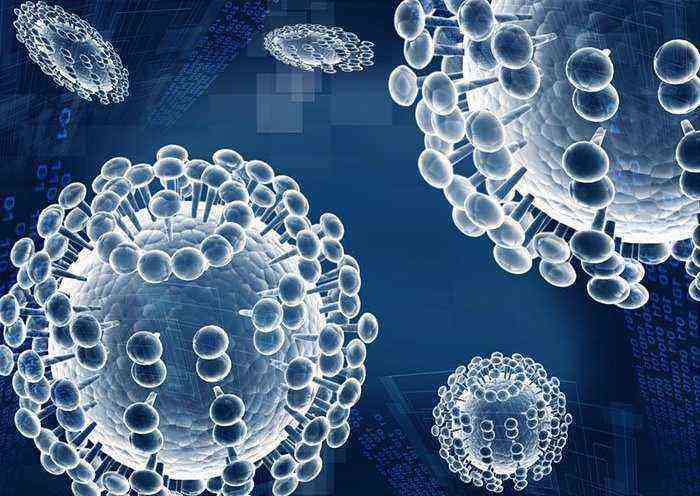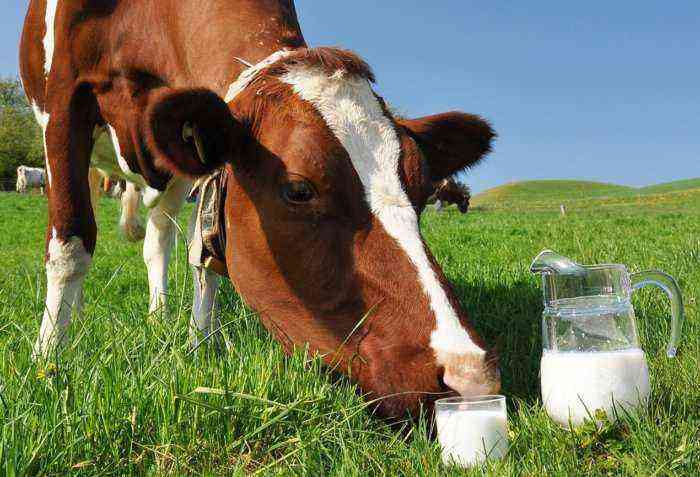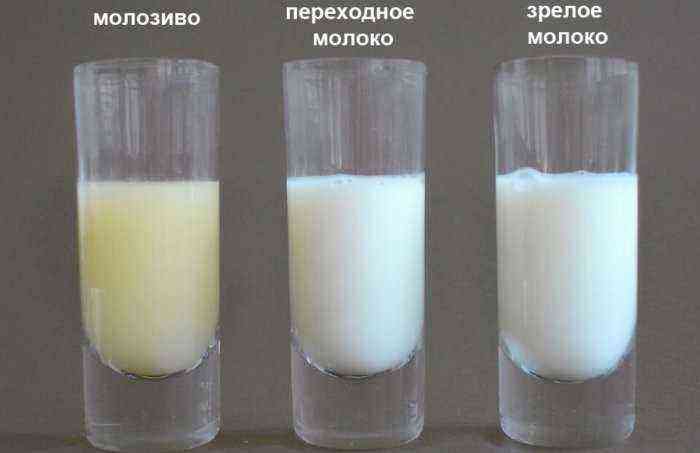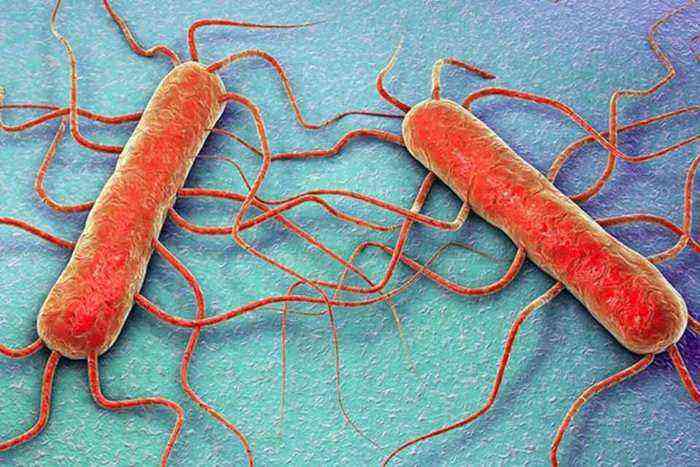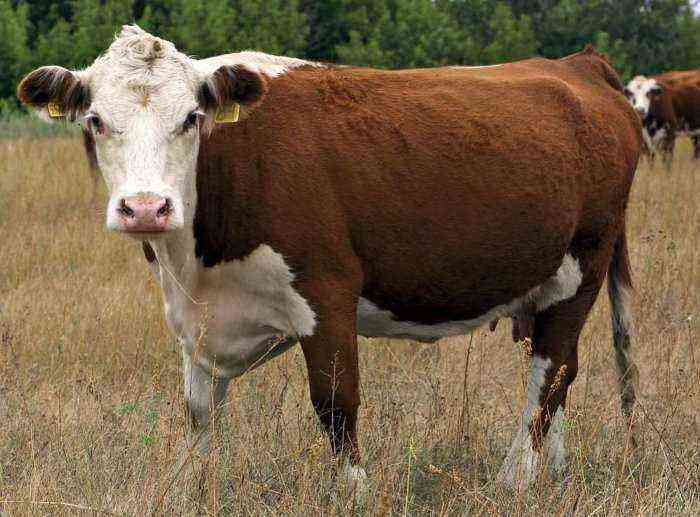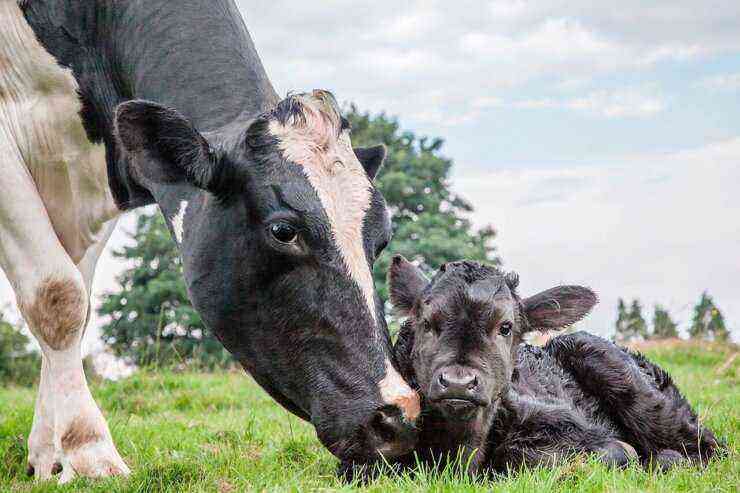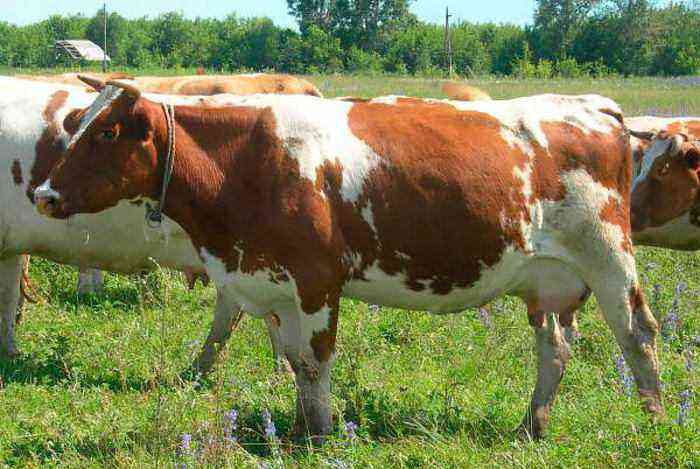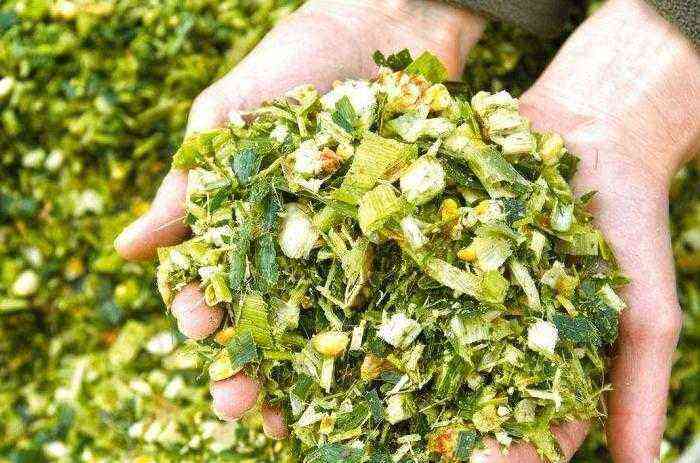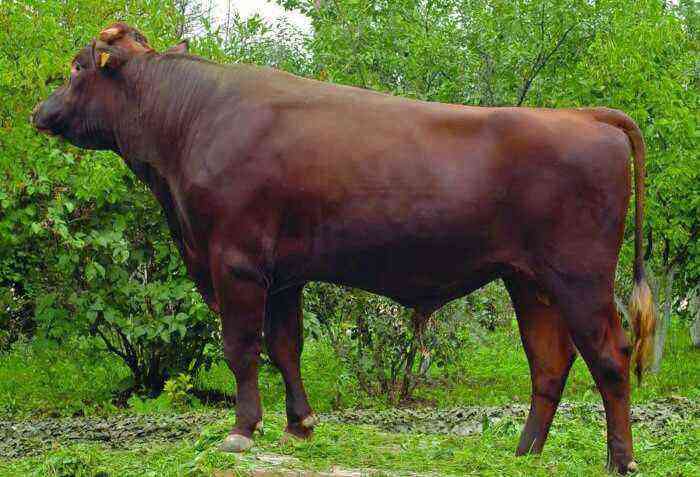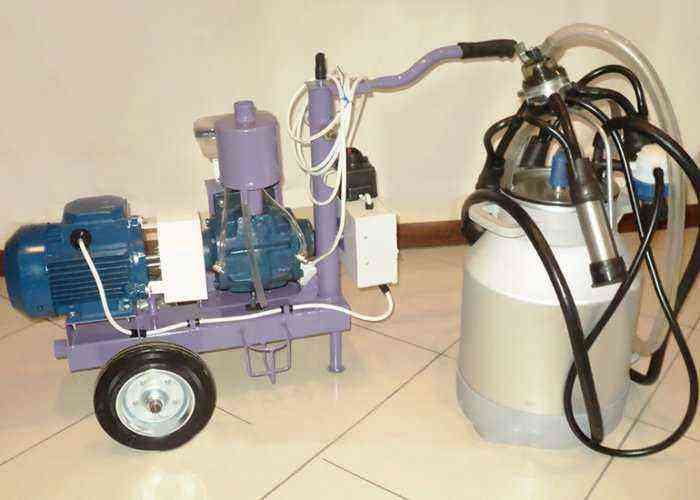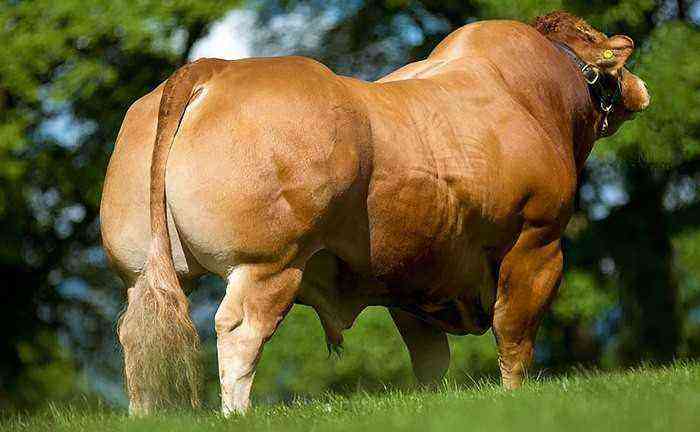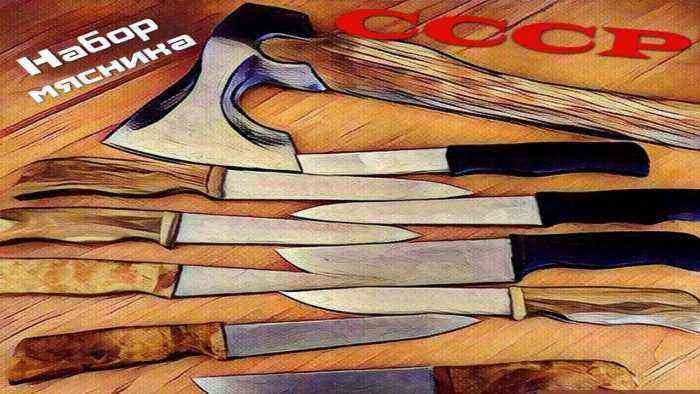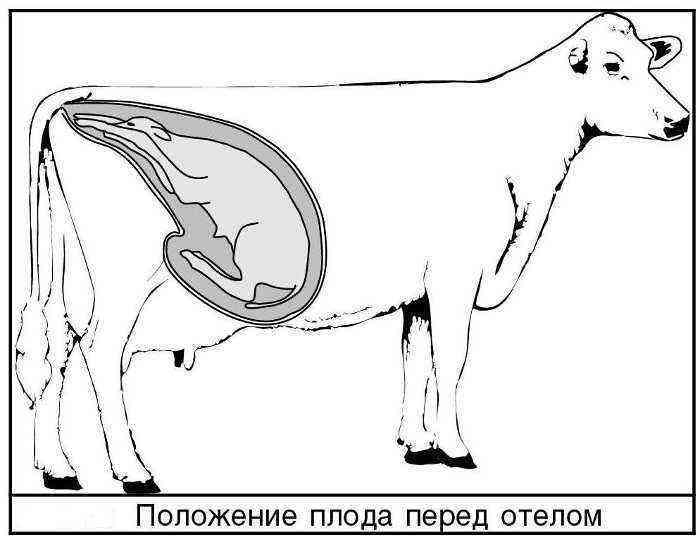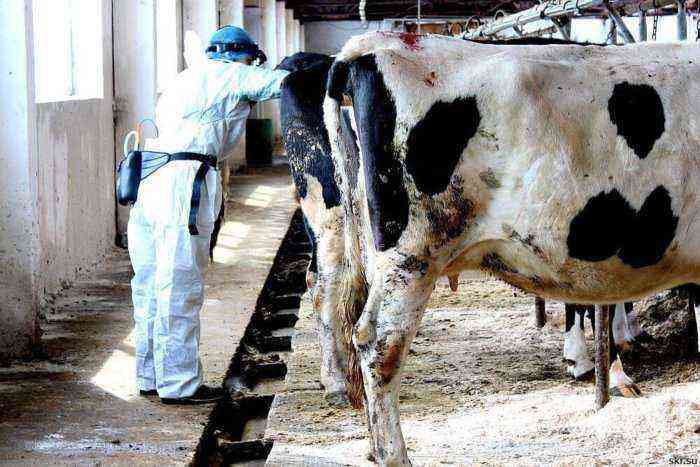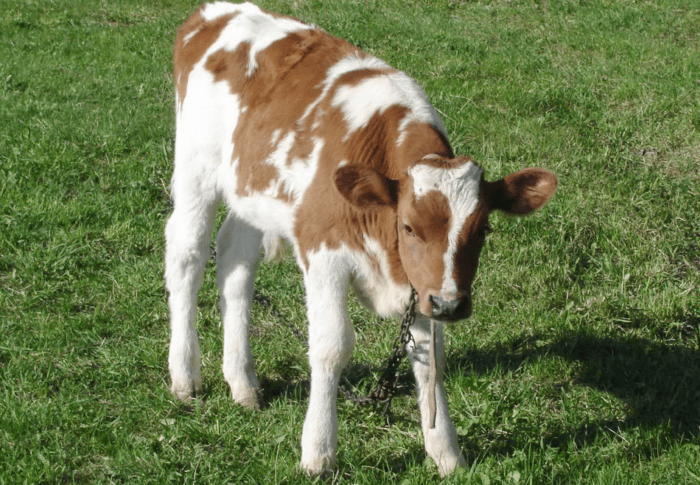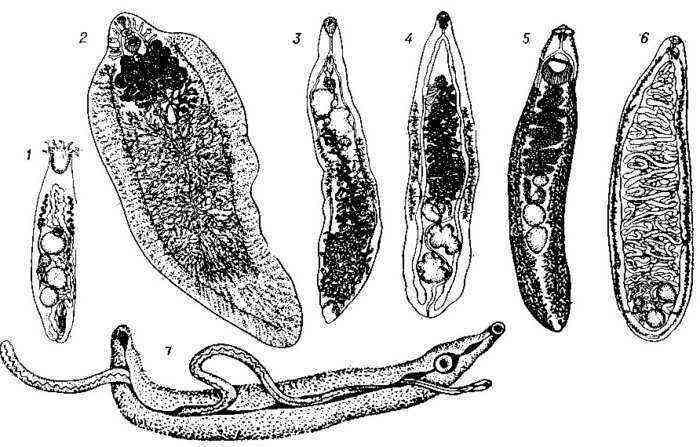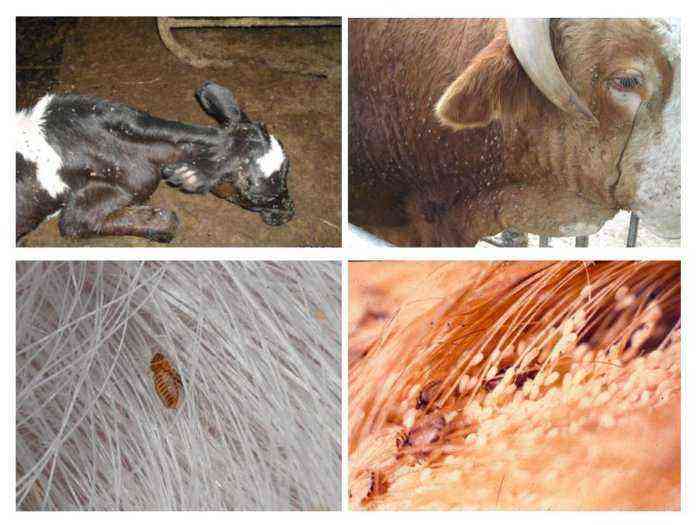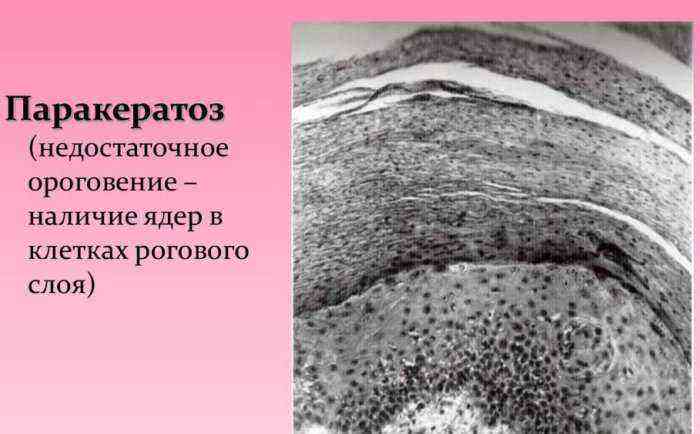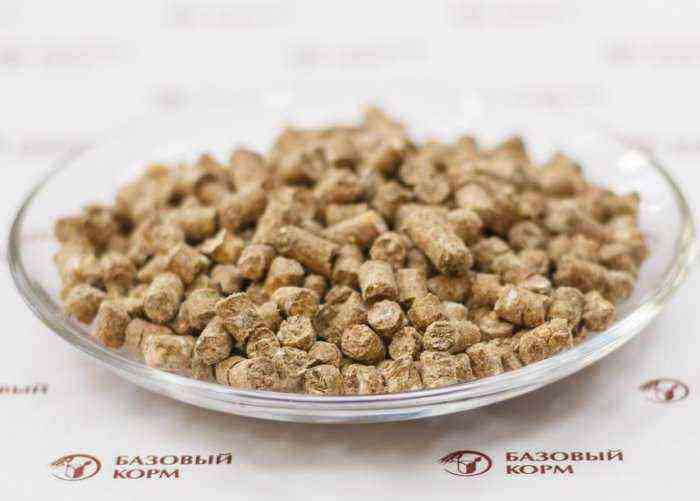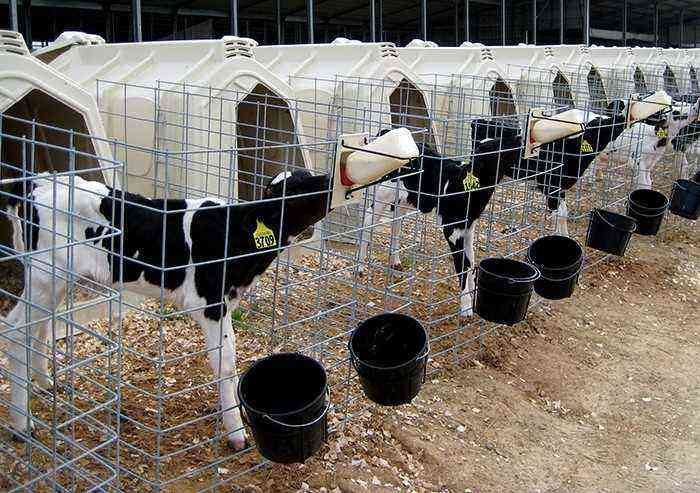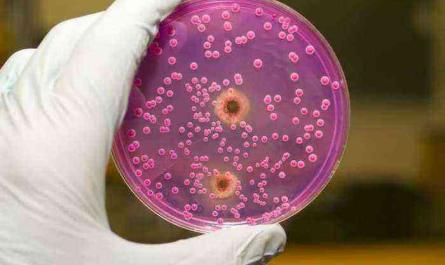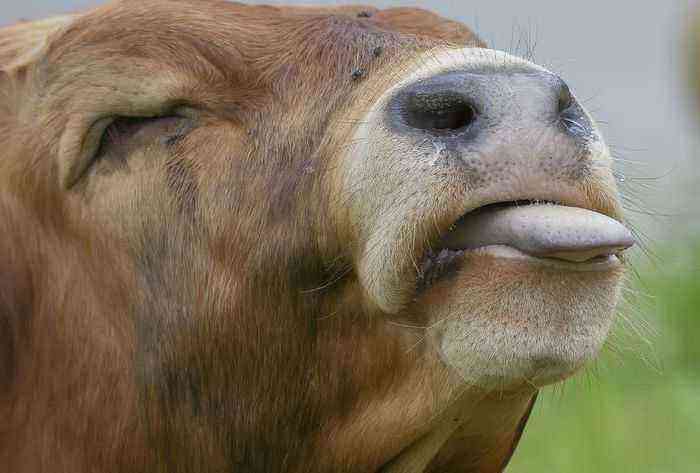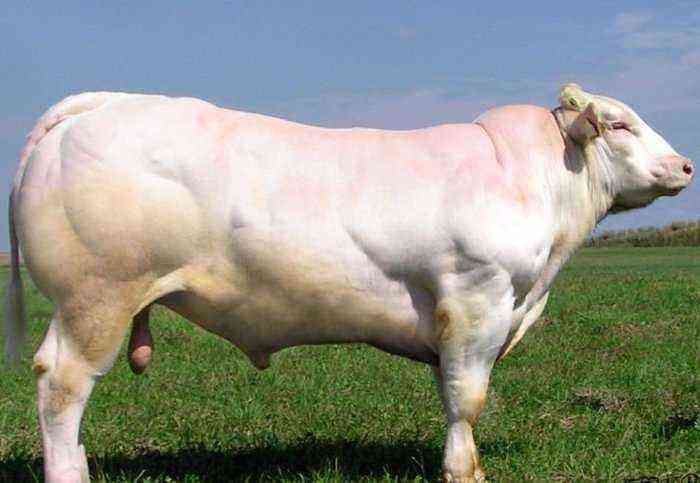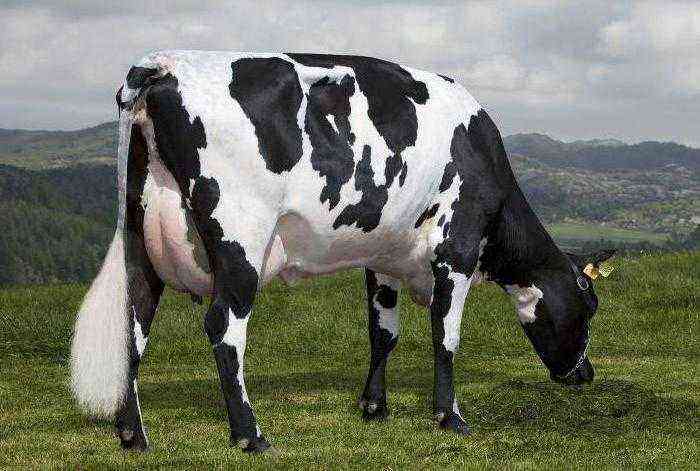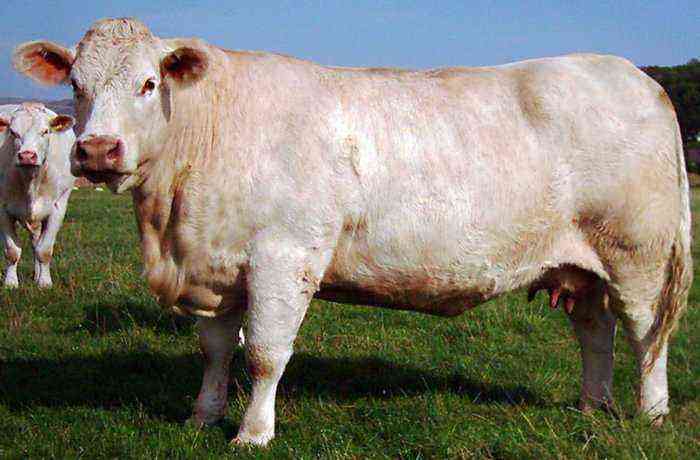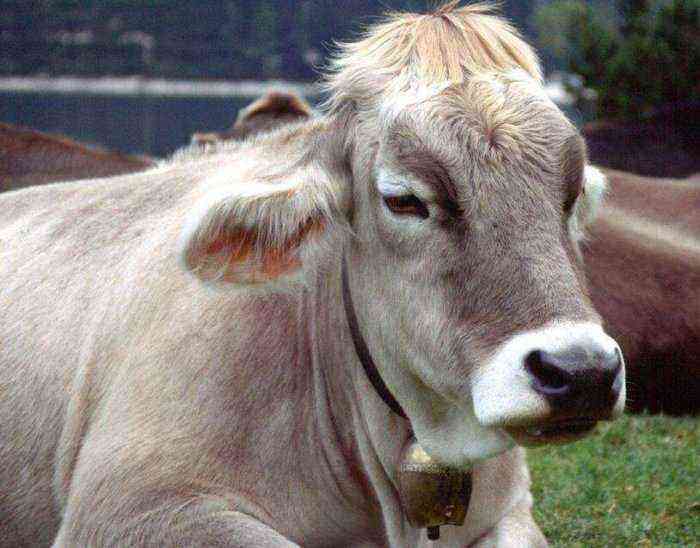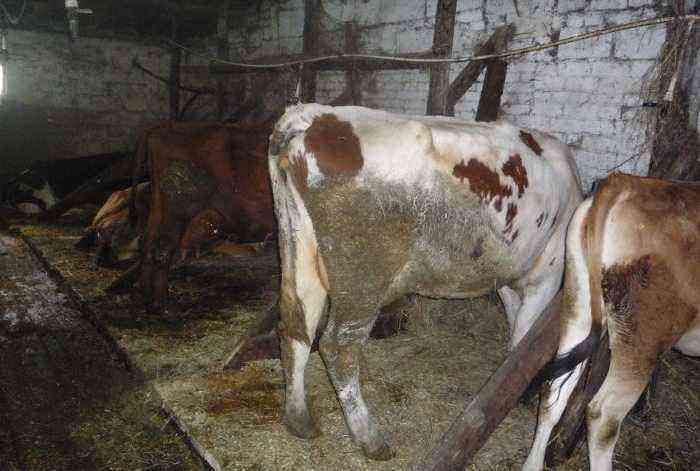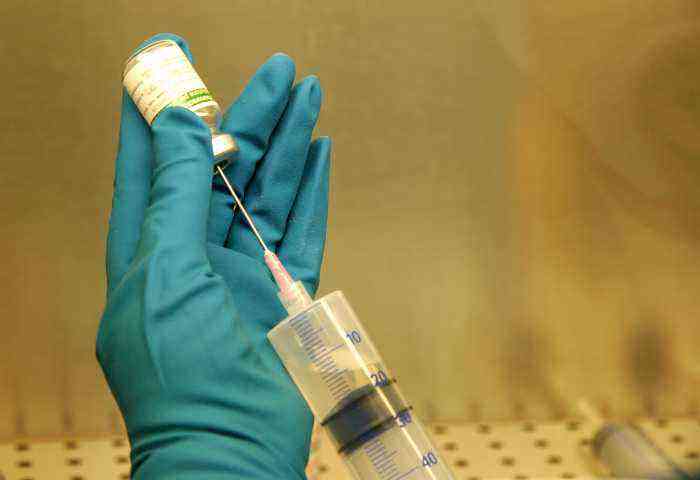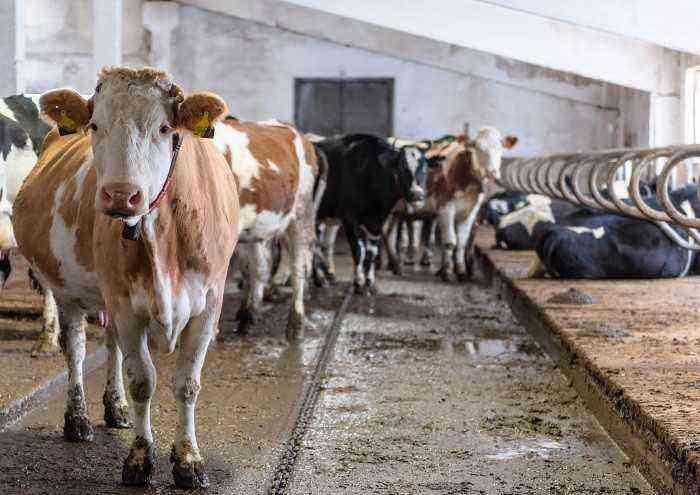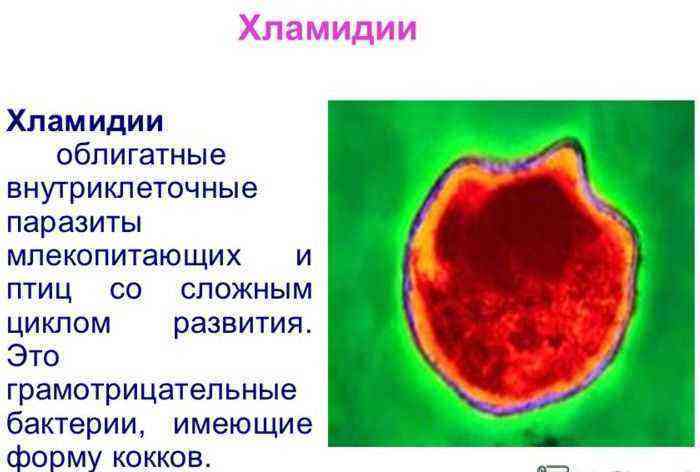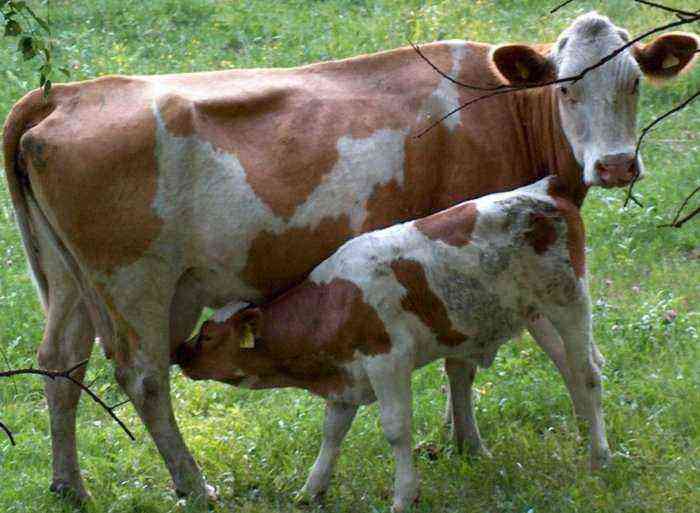Providing a small calf with proper feeding is not an easy task. In addition, if the farm is engaged in the sale of milk, then this is also fraught with large financial losses, because a significant part of the production goes to feed the young. In this case, breeders will come to the aid of a special milk taxi for calf feeding, which largely automates and reduces the cost of feeding the offspring.
Natural feeding of the calf
What is a milk taxi?
When kept on large farms, calves, as a rule, already at the age of 1 month are weaned and transferred to reverse feeding. Often, for the same reason, whole milk replacers (WMS) are used, which are optimally balanced in their nutritional value and vitamin composition in accordance with the needs of the baby. But, whatever mixture is used, the main problem is its proper preparation before serving. If the technology is broken, then most of the nutrients in the calf’s food will simply fall apart.
Just to solve this problem, various options for milk taxis are used. Such a device, based on the ingredients placed in it, prepares a feed mixture that is most suitable for young animals in terms of consistency, temperature and other parameters. In addition, the unit also provides convenient metered distribution of food to calves, which greatly simplifies the work of staff.
To date, manufacturers of such equipment produce several versions. The models differ from each other in the following parameters:
- Volume. Depending on the purpose of the device, it can have a capacity of 60 to 900 liters.
- Way to travel. Models are produced that require effort from the operator, or devices with an electric drive.
- degree of automation. Individual models are complemented by a special computer unit that allows you to enter and save several cooking options for milk replacer for calves of different age groups at once.
- Number of wheels. There are devices with three or four wheels. The three-wheel version is more manoeuvrable, but the four-point support gives more stability.
- Execution material. In this regard, milk taxi tanks are divided into plastic and stainless steel.
Design and principle of operation
Despite the different versions of the calf watering taxi, the basic design is virtually the same in all models. It includes the following main elements:

milk taxi
- Wheelbase, which can be supplemented with an electric drive.
- Tank fixed on wheels. It transports the mixture to the place of distribution.
- Mixer responsible for uniform mixing of milk replacer components.
- Thermoregulation system. It includes a heater and a number of sensors responsible for constantly maintaining the desired temperature of the mixture. Some models also have special thermal covers that keep the temperature longer.
- Equipment designed for dosed distribution of feed.
- Control panel and special handle for easy transportation.
The milk taxi is used as follows:
- The milkmaid pours the fermented back into the container. In the case of a milk replacer, in addition to the dry mixture, water is also added in the amount indicated in the instructions for milk replacer. From above the container is closed with a special lid with latches.
- Further, the necessary parameters for preparing the mixture are set on the control panel.
- Using a heater, the temperature of the composition of the container is smoothly brought to 38-40 degrees (the same as that of cow’s milk). In order for the heating to be more even, and the mixture to be homogeneous and without lumps, it is constantly stirred by an electric mixer.
- At the end of the preparatory moments, the milkmaid transports the unit to the place where the young animals are kept.
- With the help of a special gun, which is connected to the tank through a flexible hose, a controlled supply of food to the calf feeders is carried out. To facilitate the process, some models also have an electric pump, which supplies the mixture more evenly. Special flow sensors are responsible for issuing the required rate, which automatically close the supply opening.
- At the end of the procedure for feeding the entire offspring, the remains of liquid food are removed from the tank through a special drain valve, and the taxi itself is thoroughly washed before the next distribution.
This cooking process ensures that the maximum amount of vitamins and nutrients is preserved. In addition, heated to the specified temperature, the liquid is better absorbed in the baby’s body.

Modern milk taxi model
To simplify the work with such a device, many manufacturers equip their MT models with a digital panel and a memory mechanism. Such a system allows you to save all the entered settings, including the mixture temperature and dosage. At the same time, to turn on the cooking algorithm, it is enough to press only one button. As a result, you can quickly switch to different saved feeding patterns, which is especially useful on large cattle farms with a large number of young animals.
Attention! Separate units also have a built-in pasteurizer, which is responsible for the disinfection of the feed mixture during cooking. Of course, various additions to the main structure significantly affect the cost of a taxi.
Advantages
This technology of feeding cattle calves has already proved itself all over the world. The milk taxi effectively copes with the task on farms that implement both group and individual livestock keeping. The reason for the high popularity of the device is a wide list of its advantages. The main among them are:
- Accurate feed mixing. It allows you to more evenly dilute milk replacer, increasing its absorption and making nutrition much more efficient. The mixer is designed in such a way as to mix the mixture without splashing and without the formation of lumps.
- Possibility of heating. Heating the reverse or substitute to a temperature of 38 degrees significantly increases its absorption by the baby’s digestive system.
- Dosed distribution. Automatic control of feed intake allows you to strictly adhere to the norms of feeding young cattle in different age groups.
- Ease of maintenance. The device is designed to be as easy to clean as possible. The gun is also easy to clean and disinfect.
- High maneuverability. The well-developed wheelbase makes the container stable even during turns. At the same time, the design of the wheels makes it easy to turn around in a limited space.
- High degree of automation. A special panel allows you to easily control the unit, as well as quickly change the dosage of feeding.
Important! A significant advantage of many models is the electric drive. It allows you to effortlessly transport a milk taxi around the territory. At the same time, the trolley will make a minimum amount of noise, which will make it possible not to disturb the animals.
Automation of livestock enterprises is an effective way to increase the productivity of farms. The use of a milk taxi for calf watering provides less time and effort on the part of the farm staff. In addition, this type of equipment quickly pays for itself, and properly fattened calves in the future are distinguished by good health, rapid growth and high productivity.
